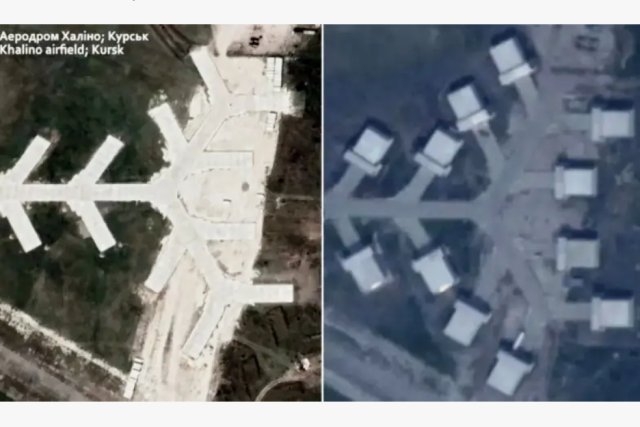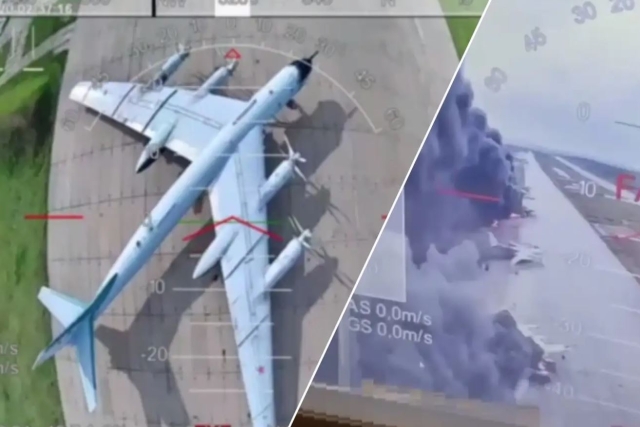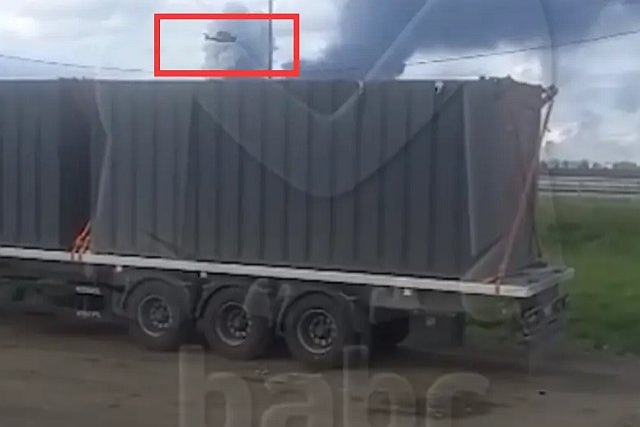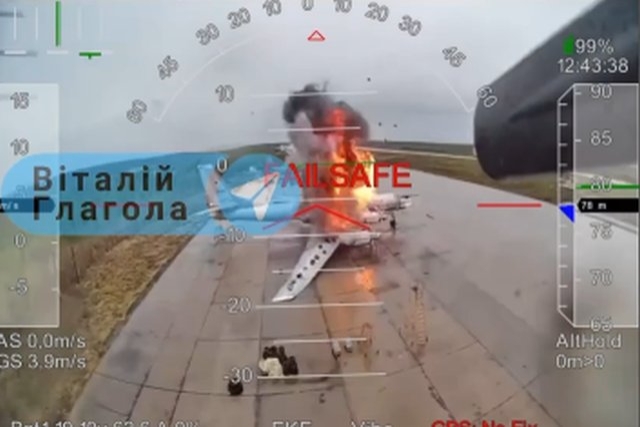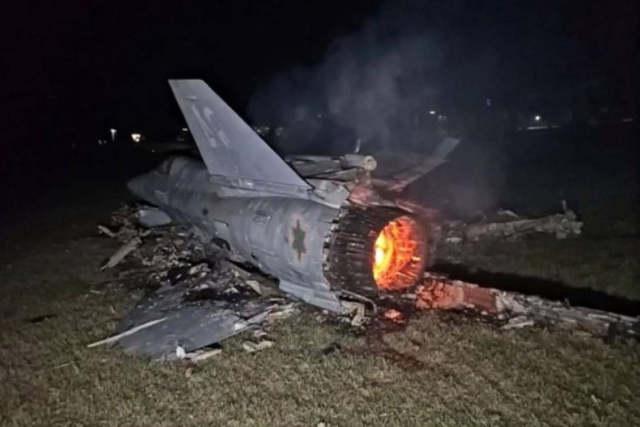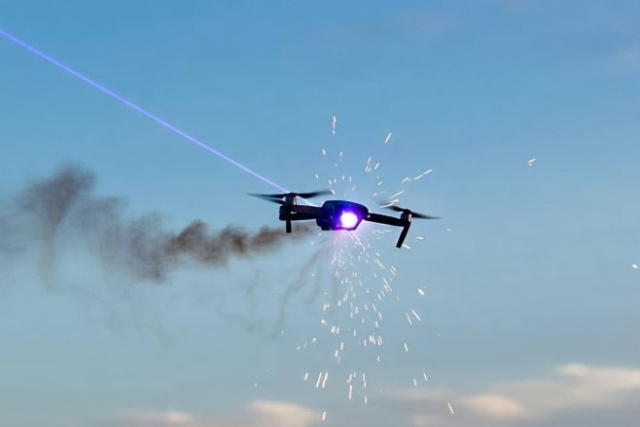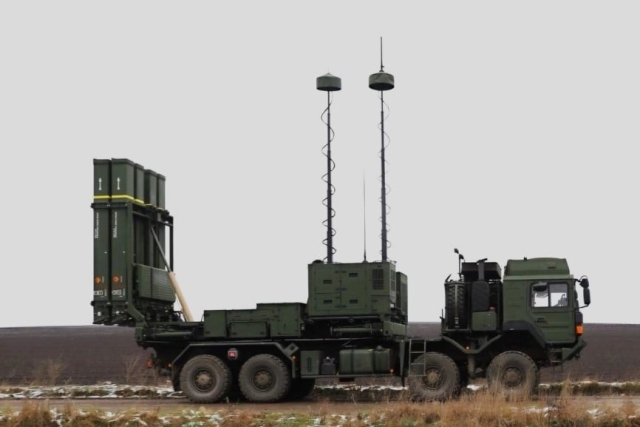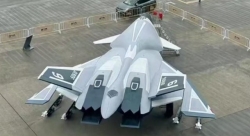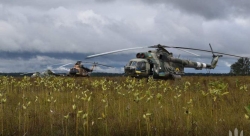Russia Relocates Strategic Bombers Further East after Ukrainian Attack
Following drone strikes that destroyed several bombers, Moscow shifts aircraft to Far East bases and accelerates shelter construction and bomber production

Russia has moved its strategic bombers such as the Tu-160 and Tu-95\Tu-22M3 to airfields in the Far East following the devastating Ukrainian drone attack that took down nearly a dozen bombers.
Anti-Drone and anti- missile shelters will be built in existing bases where these bombers were attacked.
In addition, production of the most modern bomber- the Tu-160M2 will be increased to 2 or three per year as against the current production of 1 every few years.
According to satellite analysis shared by the Russian Arms Telegram channel, the Russian Aerospace Forces have redeployed Tu-160s to Elizovo in Kamchatka, Anadyr in Chukotka, and Borisoglebskoye near Kazan. Tu-22M3s have been shifted to the Ukrainka airfield. These movements follow what is considered one of Ukraine’s most daring operations to date.
On June 1, Ukraine used low-cost FPV drones launched from trucks positioned outside Russian bases to hit at least four airfields: Olenya, Belaya, Ivanovo, and Diaghilev. Among the bombers hit were Tu-22s, Tu-95s, and Tu-160s—aircraft that each cost over $50 million to build. Ukrainian sources have called the covert strike “Operation Spider Web,” citing the use of highly accurate location data and improvised mobile launch platforms.
The drones, reportedly made by Ukrainian firm First Contact, are the OSA model. Their sealed internal electronics allowed them to endure transport over rough terrain in concealed trucks. After the launch, the trucks were destroyed to erase evidence.
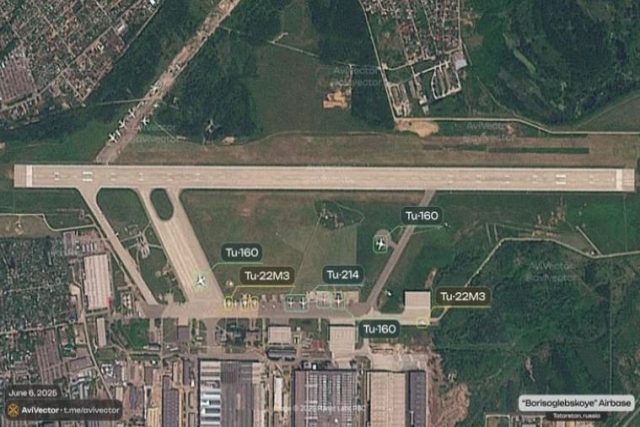
Military analysts say the strike exposed major gaps in Russian base security and drone defenses. Despite internal calls for protective shelters, many aircraft were left exposed. Basic checks on vehicles were reportedly skipped at multiple airbases, raising questions about Federal Security Service of the Russian Federation (FSB)’s failure to detect the operation.
Infrastructure Upgrades Underway
In response, Russia is now fast-tracking the construction of both anti-drone and anti-missile shelters across key airbases. Satellite images confirm completed aircraft shelters at Khalino airfield in Kursk. Similar projects are underway at 14 other bases including Sevastopol, Saki, Kirovskoye, and Engels.
The shelters range from permanent concrete structures to simpler netted “barbecue-style” defenses designed to stop FPV drones. These lightweight drones carry small payloads, making nets with fire-retardant coverings a cost-effective deterrent.
Strategic Bomber Production Boosted
Russia is also ramping up production of its newest strategic bomber, the Tu-160M2. Currently produced at a rate of roughly one aircraft every few years at the Kazan Aviation Plant, Moscow now plans to increase this to 2–3 bombers annually. These upgraded bombers feature modernized flight and navigation systems.
While many of Russia’s European-based airfields will still be used, officials now see them primarily as jump-off points or for short-term basing. Long-term deployments of strategic aviation will now occur deeper within Russian territory.
